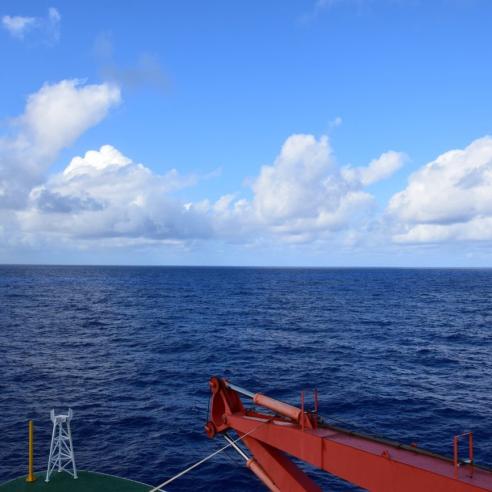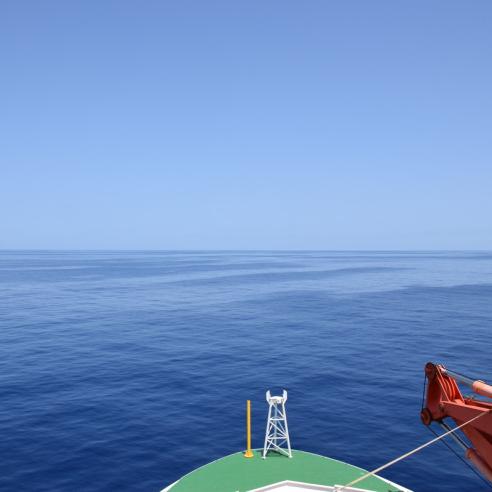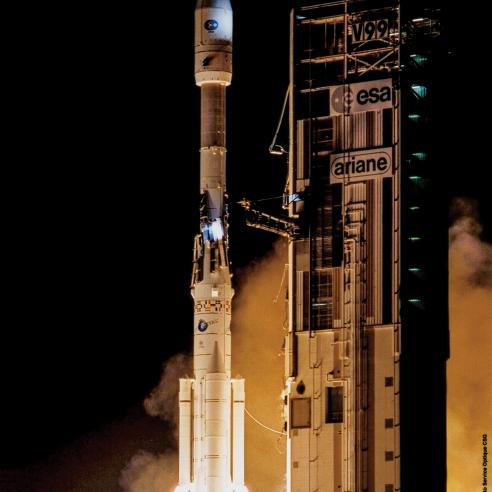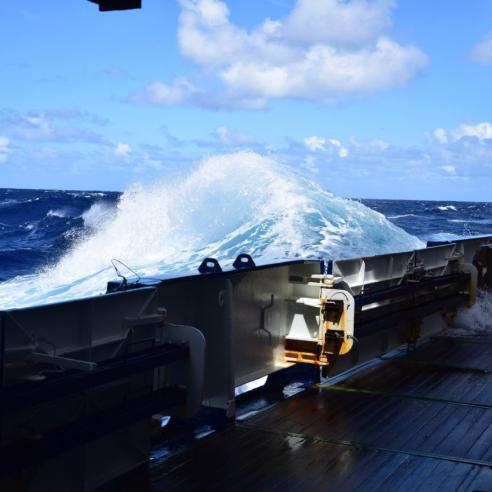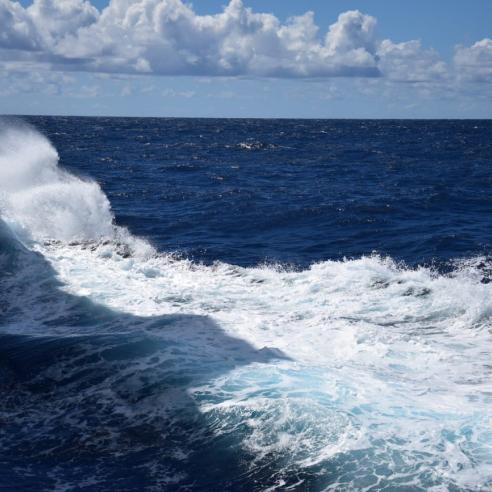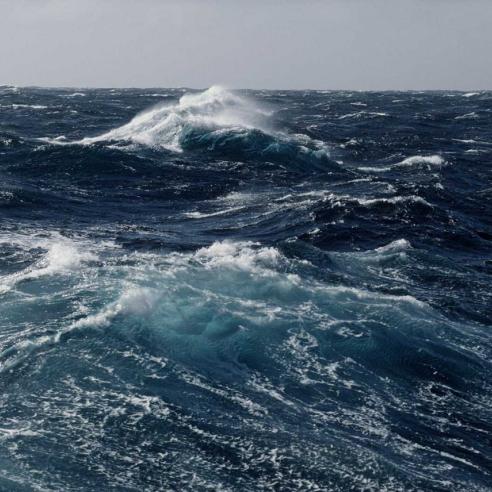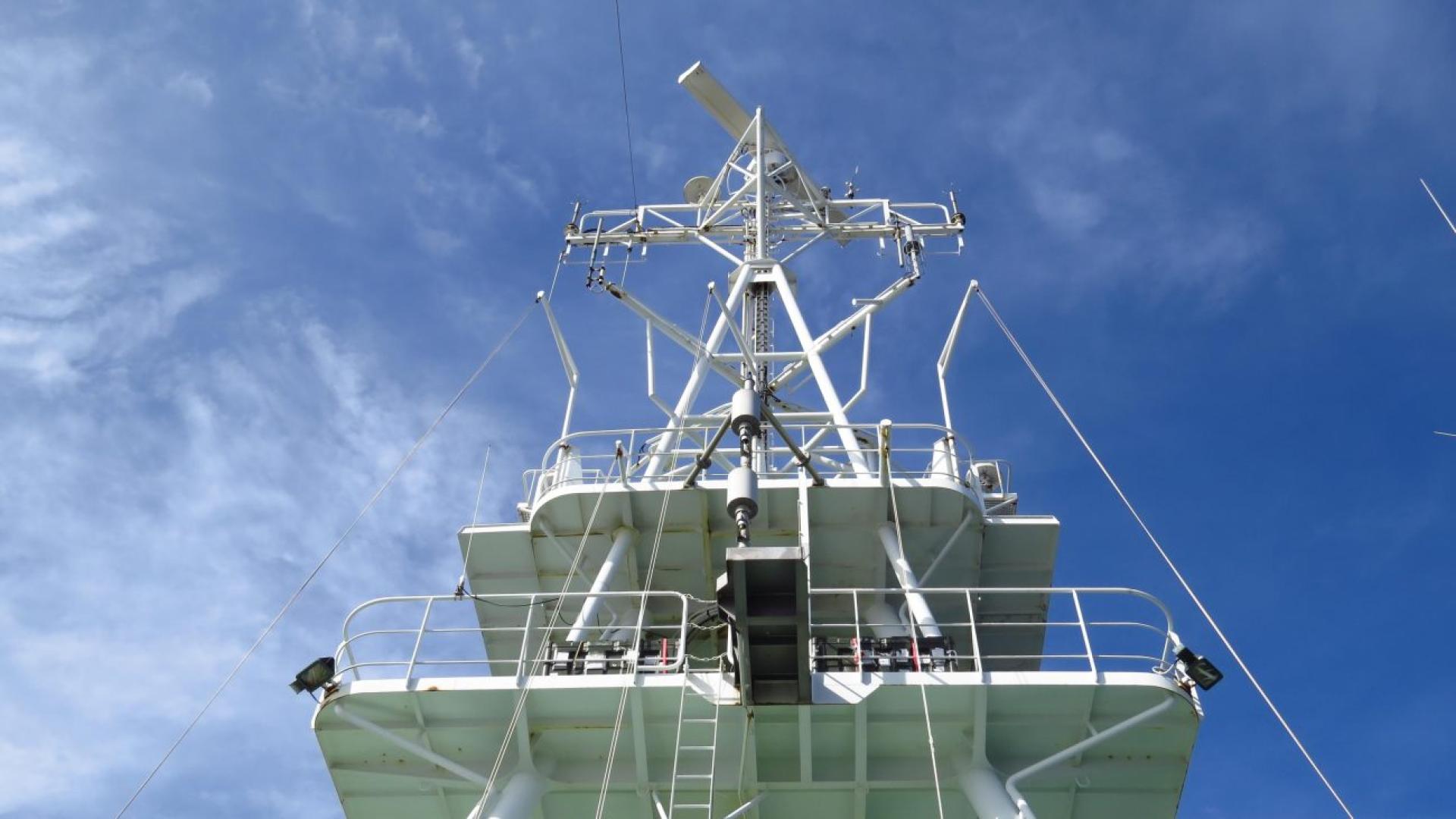
RV Polarstern, 19 April 2017
Meteorological measurements and observations at sea – a challenge by Volker Heil, DWD.

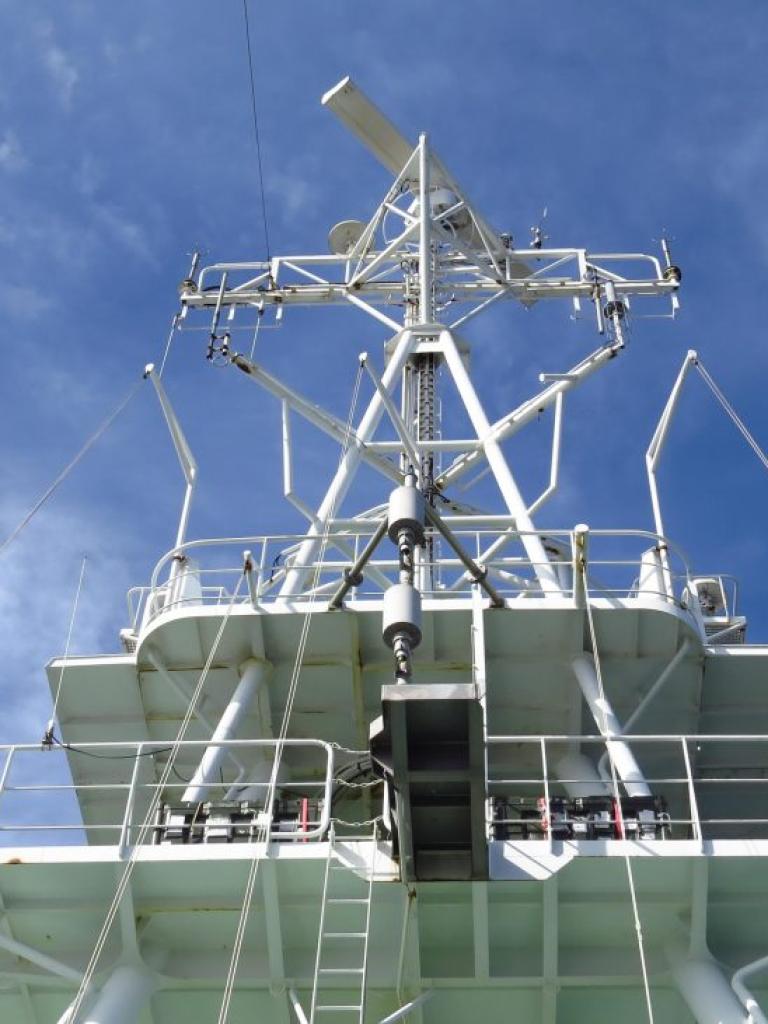
Due to the weather situation (see Image 1, surface analysis from 2017-04-14, 12:00 UTC) our way back to Germany isn't a huge challenge for the meteorologist on duty and the nautical crew of the vessel at the moment.
11 March 2021
13 April 2017

Nevertheless weather routing is always a challenge to be solved. The availability of numerical weather forecast data as well as the real time meteorological and observation data is one of the most important points to allow this to be done.
So we will have the next challenge: the weather observer on board the ship is responsible for getting these data.
Getting data from places like a ship or in geographical areas like the Arctic region or Antarctica - the main working areas of the German research vessel "Polarstern"- is not as easy as it is on shore stations.
For the observer there are always two critical scopes he is confronted with:
- the instruments; and
- the circumstances he has to measure or to observe in.

Instruments should work properly. Unfortunately they often do not do what they should do. Some examples for problems regarding meteorological instruments:
- The instrument isn't clean (not just a problem offshore)
- The sensor doesn't work properly in a specific use case
- Using sensors that are not suitably mounted, due to construction constraints.
If all instruments work properly, there will be some more environmental conditions which will make the work more or less difficult or, in some cases, impossible.
- ship superstructure will always be in the way during measurement of wind and/or release of a radiosonde;
- ship emissions, such as smoke or water vapor, will affect instruments or influence the observation (e.g. measurement of wind and/or temperature, determining present weather conditions);
- during research activities, sudden course changes may affect an unprepared observer;
- the ship itself (e.g. measuring water temperature will be influenced by the ship's hull);
- bad observation conditions (deck illumination can disturb nightly observation);
- other meteorological reasons such as:
- low contrast during detection of visibility and base of clouds
- sudden upcoming fog
- icing of instruments.
What can be done to avoid these influences as far as possible?
- Doubling or multiplying sensors (doubled sensors for wind and temperature at "Polarstern");
- Cleaning or de-icing sensors;
- Plausibility checks of the measurements by the observer (here the observer's experience of meteorological measurements is required - only he can decide if the values are accurate);
- Using alternative assistance methods (e.g. check estimated visibility against other objects on the ship radar or, if applicable, the height of cloud base can be checked by aircraft - but often not possible on "Polarstern").
A long list of items! Just to get "some weather data"? No! A big challenge, being solved by everyone involved during the expeditions of "Polarstern".
Many thanks to the DWD staff on board the "Polarstern" helping me to write this blog entry.
